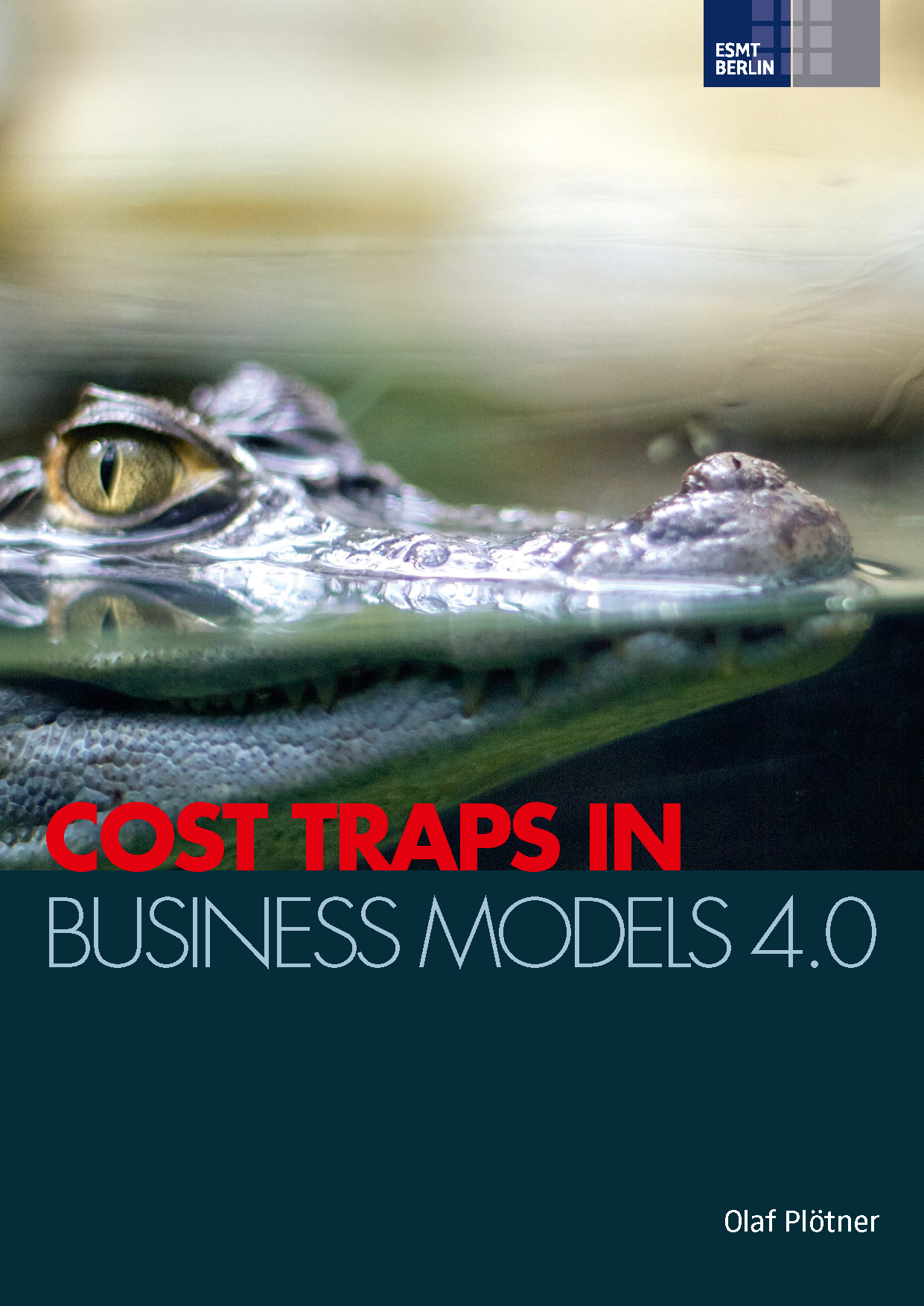Blockchain is a distributed, digital transaction technology that allows for securely storing data and executing smart contracts in peer-to-peer networks. In a survey among German energy executives, the German Energy Agency GmbH (dena) and the European School of Management and Technology (ESMT Berlin) have compiled their opinions, current and planned actions, and visions of the future role of Blockchain in the energy sector.
More than half of the 70 respondents has already experimented with Blockchain or plans to do so. 21 percent consider Blockchain a game changer for the energy supply industry. 60 percent of the respondents believe that a further dissemination of the Blockchain is likely, and 14 percent expect niche applications. The survey also covered potential use cases: Around half of the use cases mentioned by respondents are related to process optimization, including billing, sales and marketing, automation, metering and data transfer, mobility, communication, and grid management. The second half is linked to public and private trading platforms, in particular peer-to-peer trade, and decentralized energy generation.
Respondents urge decision-makers to speed up the process of putting Blockchain at the top of their agendas and express concerns that Germany and the European Union might be lagging behind in a global comparison. The rapid launch of prototypes should verify the functionality of the technology and attract a sufficient amount of users to rapidly reach a critical mass. They also fear that the current regulatory framework is not suited at all to accommodate Blockchain applications.
The dena / ESMT analysis reveals that the cost-cutting potential of Blockchain applications has its limitations. Especially in markets where digital solutions already exist, the technology will have to compete with fairly efficient processes. By contrast, nascent markets, such as public charging and billing transactions for electric vehicles, offer possibilities of the Blockchain to become the dominant design.
[Blockchain ist eine dezentral organisierte digitale Plattform, die sichere Datenspeicherung und Trans-aktionen in Peer-to-Peer-Netzwerken ermöglicht. Welche Auswirkungen wird Blockchain auf den Energiesektor haben?
Die Deutsche Energie-Agentur GmbH (dena) und die European School of Management and Technolo-gy (ESMTBerlin) haben Entscheidungsträger der deutschen Energiewirtschaft über ihre Einschätzungen, bestehende und geplante Aktivitäten sowie ihre Vision zum Thema Blockchain befragt. Von den rund 70 Entscheidungsträgern, die an der Umfrage teilnahmen, experimentiert bereits mehr als die Hälfte mit Anwendungen der Blockchain oder plant derartige Vorhaben. 21 Prozent sehen die Blockchain als Game-Changer für die Energieversorgung, 60 Prozent halten die weitere Verbreitung von Blockchain für wahrscheinlich und 14 Prozent erwarten Nischenanwendungen. Nach zukünftigen Anwendungsbereichen der Blockchain-Technologie befragt, fallen rund die Hälfte der Anwendungen in den Bereich öffentliche und private Handelsplattformen, insbesondere Peer-to-Peer-Handel und dezentrale Energieerzeugung, während die andere Hälfte der genannten potenziellen Anwendungen unter dem Begriff „Prozessoptimierung“ zusammengefasst werden kann, einschließlich der Themen Abrechnung, intelligente Zähler und Datenübertragung. Hier werden weiterhin Vertrieb und Marketing, Automatisierung sowie Elektromobilität, Kommunikation und Netzmanagement genannt.
Nach konkreten Handlungsfeldern befragt, empfehlen die Teilnehmerinnen und Teilnehmer der Umfrage Entscheidungsträgern aus Politik und Wirtschaft, dem Thema Blockchain größere Aufmerksamkeit zu widmen, und äußern Bedenken, dass Deutschland und die Europäische Union im globalen Vergleich ins Hintertreffen geraten könnten. Zudem bewegen sich einigen Kommentaren zufolge Blockchain-Anwendungen in einer Grauzone des derzeitigen Rechtsrahmens. Die Finanzierung von Pilotprojekten und Prototypen sollte die Möglichkeiten der Technologie bestätigen und die Einführung kommerzieller Anwendungen für den Massenmarkt beschleunigen.
Die dena-/ESMT-Analyse zeigt, dass das Kostensenkungspotenzial von Blockchain-Anwendungen für die Energiewende begrenzt ist. Insbesondere in Märkten, in denen sich bereits digitale Lösungen bewährt haben, trifft die Technologie auf starke Konkurrenzprodukte und -dienstleistungen. Im Gegen-satz dazu besteht in entstehenden Märkten die Möglichkeit, dass Blockchain in Zukunft zum dominierenden Design werden kann, beispielsweisebei öffentlichen Lade-und Abrechnungstransaktionen für Elektrofahrzeuge.]


